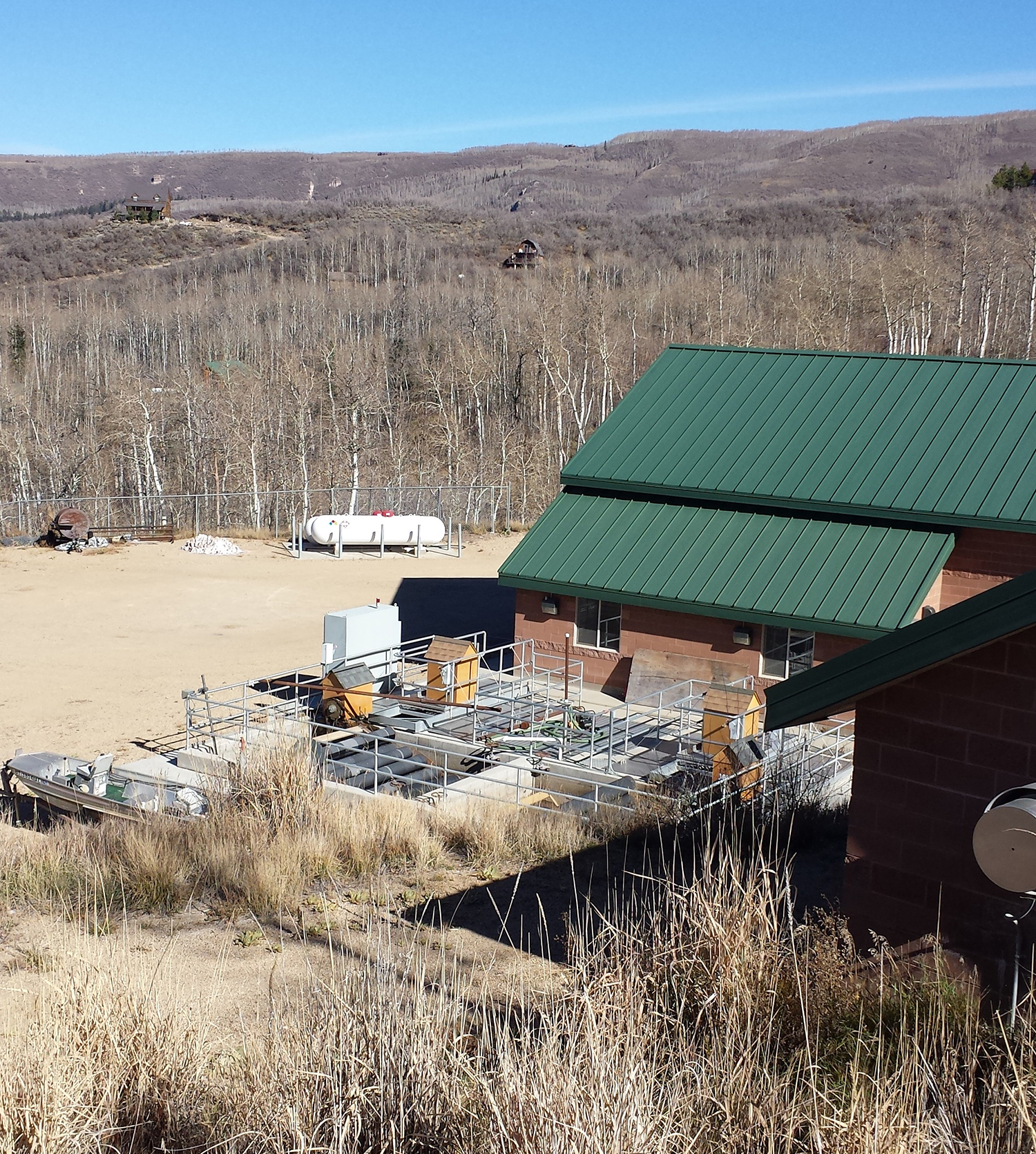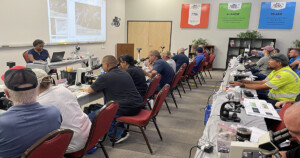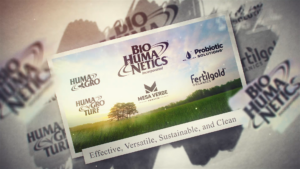
After consulting with staff from Probiotic Solutions®, the operator decided to inoculate the system with the broad-spectrum microbial product MicroPlex® JS to quickly seed the plant for the higher loading.
Through use of MicroPlex® JS, the plant quickly acclimatized to the higher load and met the system’s permit requirements. In addition, the operator is very happy with the results of the inoculation with MicroPlex® JS and how the plant continues to function during the camp’s open season. He plans to continue to use MicroPlex® JS at the start of each year.
Click here to download a PDF of the full case study.
Probiotic Solutions® MicroPlex® JS is a concentrated microbial product that is shipped as a two-part solution that is mixed with water prior to administration. The mix is added into the influent line to inoculate the system and feed on a daily basis for 30 days. Shock doses are added at the commencement of the inoculation period. For more information, go to www.probiotic.com.
Related Posts

Probiotic Solutions® Hosted Wastewater Microbiology Course in Arizona
By Heather Jennings,Director, Probiotic Solutions® In the last week of August, Probiotic Solutions® hosted a Wastewater Microbiology Course at our headquarters in Gilbert, Arizona. This educational event with Dr. Toni Glymph-Martin, cosponsored by AZ Water Association and Rural Water Association of Arizona (RWAAZ), successfully served its purpose of helping industry professionals learn more about several

Municipal Wastewater Solutions
Experience the world’s most efficient wastewater remediation products, for operational stability of municipal wastewater treatment plants.

EARTH DAY 2020: Celebrating 50 Years
Fifty years ago today, on April 22, 1970, 20 million Americans took to the streets to protest environmental destruction and to celebrate the wonders of Planet Earth. The basic message was that we had to find new ways to live our lives, raise our food, and conduct our businesses that were environmentally friendly and sustainable—that

